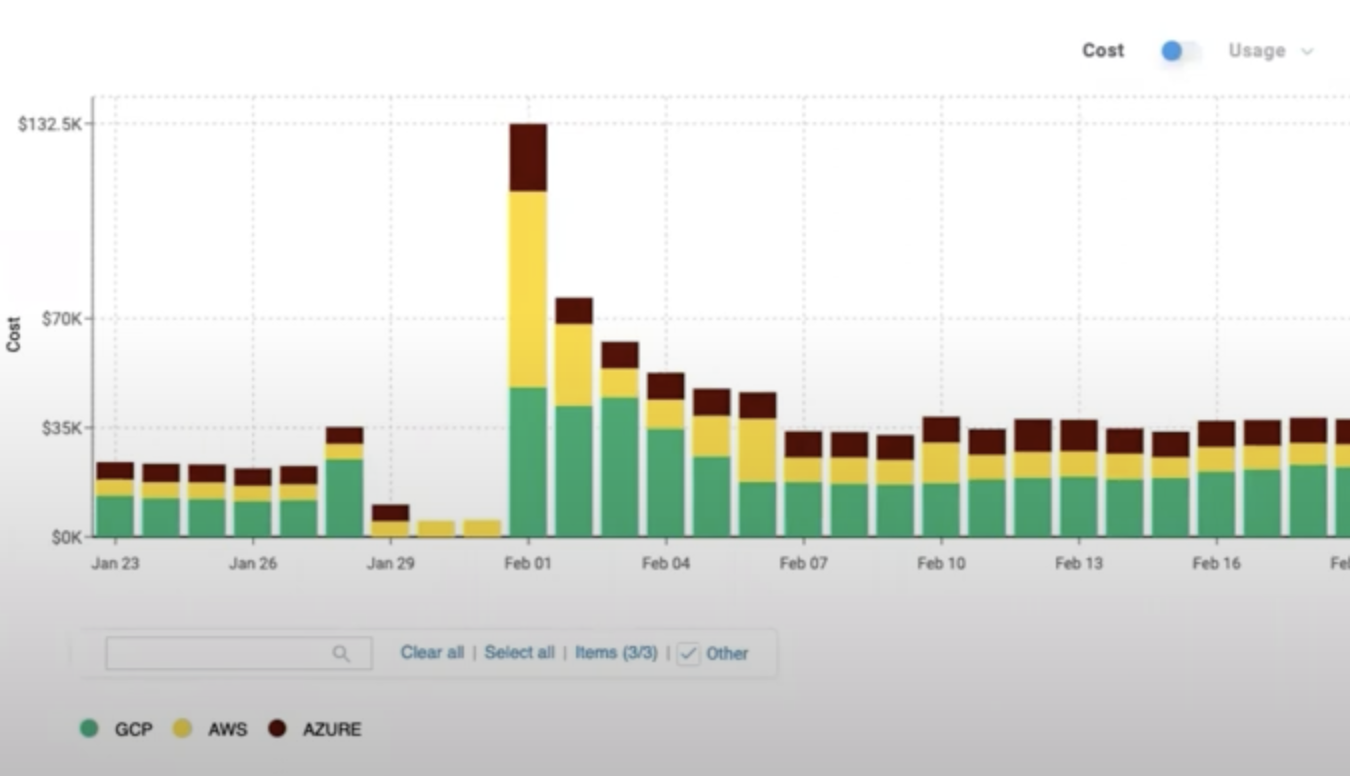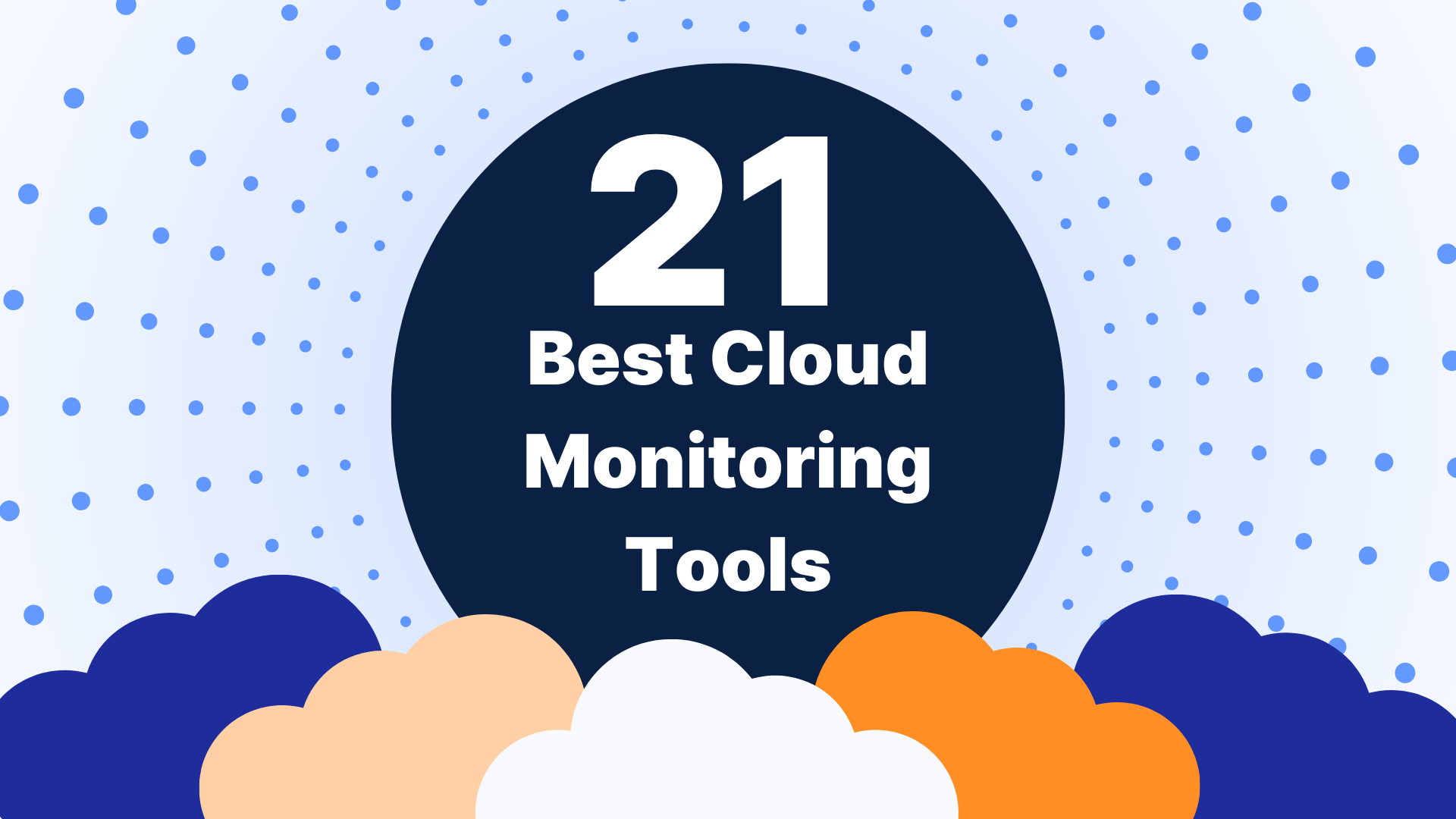More enterprises are adopting cloud computing to ensure that they can accelerate innovation, stay competitive, and enjoy cost savings. This trend has only increased in the last two years with the rise of remote work necessitated by the COVID-19 pandemic.
With the rise of cloud adoption, multi-cloud and hybrid cloud deployments are increasing in popularity as well. According to a Gartner survey, 81% of survey respondents are using two or more cloud providers. Another survey by Microsoft revealed 86% of respondents were planning to increase their investment in either multicloud or hybrid cloud environments.
Benefits of multi-cloud
Multi-cloud refers to a configuration where an organization is using two or more cloud vendors, and possibly their own private cloud, as part of their computing operations. The different fee structures and operating models of these disparate cloud resources make it extremely challenging to quantify costs and implement proper cloud cost management measures.
The following benefits are driving many organizations to move from single public or private to multi-cloud environments:
Combining the strengths of each provider
By selecting multiple cloud providers, a business can take advantage of the strengths of each provider’s offerings. No matter the quality of each cloud vendor, some may not be able to provide all of the features and capabilities your organization needs. Organizations often mix and match cloud services to suit the requirements of their business, workloads, and applications.
Reducing outage risk
A cloud service outage can have a significant impact on organizations that fully rely on cloud operations. For example, a recent AWS outage affected Netflix, Ring, Disney, Slack, and McDonalds, among others. Leveraging multiple cloud vendors lowers the exposure that a system can be taken out by a single public cloud outage.
Meeting compliance requirements
A multi-cloud approach allows businesses to use a mix of cloud providers to comply with statutory regulations such as the GDPR and the CCPA, which require companies to store customer data in specific geographic locations.
Achieving greater cost and performance optimization
Using a multi-cloud approach allows businesses to select the cloud provider that offers the best cost or performance benefits in a particular geography.
Complexities of multi-cloud environments
While using a multi-cloud environment offers definite benefits over a single cloud environment, there are certain complexities you should be aware of if your business is looking at a multi-cloud approach. These include:
Security
Businesses may find it challenging to secure and monitor all the different systems in a multi-cloud environment as there is no single control point to monitor security issues.
Integration
With applications spread across more than a single cloud, there should be a way to ensure that the multi-cloud architecture allows the transformation and delivery of enterprise data across silos.
Challenges in Optimizing Costs
A multi-cloud environment is inherently complex. As a result, being able to monitor costs, identify waste, and put an appropriate optimization strategy in place can be challenging. This is due to low visibility into operations, especially considering the complexity of tracking multi-cloud costs across cloud service providers. Thankfully, there are automated management solutions that can simplify multi-cloud visibility and cloud cost monitoring complexities.
Managing the costs of multi-cloud environments
Businesses looking to operate in a multi-cloud environment need to practice effective multi-cloud cost management to take into account the costs of several cloud providers. A business can effectively enforce accountability with a better understanding of usage and costs. These capabilities can improve your multi-cloud cost management:
Visibility
With different cloud providers having disparate reporting interfaces, at times, it may be challenging to get a holistic view of the costs you are incurring in a multi-cloud environment. You should choose a tool that lets you get full visibility of your cloud spend, across all cloud environments.
Unified view
Each cloud provider has its own billing rules and tools, most of which are complex. Many organizations find it challenging to proactively understand and control cloud costs across multiple vendors. Having a single dashboard and a unified view of all cloud activities will help your business manage cloud costs in an efficient manner.
Focus on cost efficiencies
Many cloud cost monitoring services let businesses get visibility into where and how they spend their cloud resources. As a result, businesses can forecast and plan alternate scenarios that may result in greater cost efficiencies. A key technology to consider is Kubernetes which can help drive multi-cloud cost management as it lets organizations achieve full redundancy by running containers in multiple clouds.
Use agnostic AI and machine learning driven monitoring
Payment companies that use agnostic AI and ML-driven business monitoring can detect outages well before they actually occur. As a result, IT teams can take appropriate actions in real-time to mitigate damages or even migrate to a different cloud without any downtime. Furthermore, since the analytics and monitoring are agnostic, the IT teams don’t need to change the monitoring platform while moving between clouds.
Assess your multi-cloud visibility
A clear understanding of your cloud and Kubernetes usage and costs is critical to getting the most value out of your multi-cloud investment. To understand if you have complete visibility, start with these questions:
- Can you see all of your multi-cloud and Kubernetes data in one screen?
- Is your organization successfully executing your tagging strategy and can you tag untagged resources?
- Can you accurately tie spending data to relevant business dimensions?
- Does each stakeholder in your organization have the views and dashboards they need?
- Can you detect anomalies across cloud providers and teams?
What to look for in a multi-cloud cost management solution?
AI-powered
An AI-powered multi-cloud management solution is a flexible and scalable solution that helps mitigate many of the challenges businesses face in a multi-cloud environment. Specifically, advanced AI monitoring solutions will help you get valuable insights into the metrics of the entire operation. Such a solution will give you an actual picture of all cloud costs by analyzing relevant data. You can also accurately correlate metrics with costs with the help of specialized algorithms.
Anomaly detection
Real-time anomaly detection is another essential feature to look out for in a multi-cloud management solution. System administrators will get real-time alerts when there are unusual cost spikes or patterns. AI-powered anomaly detection autonomously works across cloud infrastructures. This allows organizations to resolve negative cost issues before a shocking bill arrives.
Complete visibility into end-to-end cloud operations
A multi-cloud management solution should provide administrators with complete visibility of all cloud operation data. With the help of this information, administrators can decide on how to best optimize cloud resources by balancing budgetary constraints against business requirements.
Multi-cloud cost management with Anodot
Anodot seamlessly combines all of your business’s cloud spend into a single platform. With Anodot’s cloud cost management solution, you can monitor and optimize your cloud costs and resource utilization across Azure, GCP, and AWS.
Anodot includes a single view of cost and usage metrics across multiple clouds. Users have the ability to filter costs in multiple ways including payer accounts and linked accounts to gain an itemized view by developer or line of business.
With Anodot, you can easily visualize and report costs with unlimited views and ML-powered savings recommendations, budgeting, forecasting, and anomaly detection to help you continuously control costs.
Start optimizing your cloud costs today!
Connect with one of our cloud cost management specialists to learn how Anodot can help your organization control costs, optimize resources and reduce cloud waste.





